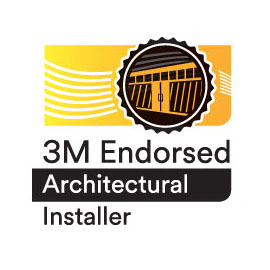Plugins
Authentication
The authentication plugins operate when users login to your site or administrator. The Joomla! authentication is in operation by default but you can enable Gmail or LDAP or install a plugin for a different system. An example is included that may be used to create a new authentication plugin.
Default on:
- Joomla
Default off:
- Gmail
- LDAP
Editors
Editors are used thoughout Joomla! where content is created. TinyMCE is the default choice in most locations although CodeMirror is used in the template manager. No Editor provides a text box for html content.
Default on:
- CodeMirror Help
- TinyMCE Help
- No Editor Help
Default off:
- None
Search
The search component uses plugins to control which parts of your Joomla! site are searched. You may choose to turn off some areas to improve performance or for other reasons. Many third party Joomla! extensions have search plugins that extend where search takes place.
Default On:
- Content Help
- Contacts Help
- Weblinks Help
- News Feeds Help
- Categories Help
Editors-xtd
These plugins are behind the buttons found beneath your editor. They only run when an editor plugin runs.
Default on:
- Editor Button: Image
- Editor Button: Readmore
- Editor Button: Page Break
- Editor Button: Article
Default off:
- None
System
System plugins operate every time a page on your site loads. They control such things as your URLS, whether users can check a "remember me" box on the login module, and whether caching is enabled. Â New in 1.6 is the redirect plugin that with the redirect component assist you in managing changes in URLs.
Default on:
- Remember me Help
- SEFÂ Help
- Debug Help
Default off:
- Cache Help
- Log Help
- Redirect Help
Homethies
Position "innerleft"
This is sample module in position innerleft. All modules in this position will be arranged in vertical column. The whole position will be collapsed, if there are no modules published.
Lorem ipsum dolor sit amet, consectetur adipiscing elit. Nunc varius nisl id lectus ultricies ut elementum nulla ornare. Nulla sed mi massa, at tincidunt felis.
3M Endorsed Installer für architektonische Oberflächenveredelung3M weiß, dass die Art und Weise, wie ein Produkt installiert wird, genauso wichtig ist wie das Produkt. Olaf Thies ist das genauso wichtig und hat sich von 3M für die Installation von architektonischen Oberflächen zertifizieren lassen. Das 3M Endorsed DI-NOC-Installationsprogramm wurde entwickelt, um Installateuren die Werkzeuge und Techniken näher zu bringen, die für die sichere Anwendung von 3M ™ DI-NOC ™ Architekturoberflächen in einer Innenarchitekturumgebung erforderlich sind. Durch Teilnahme an den umfassende Schulungen und den strengen Tests hat sich Olaf Thies für die sichere Anwendung von DI-NOC Architekturoberflächen qualifiziert. |

